When to Suspect an Inhibitor
Let’s face it: an inhibitor is a major complication of hemophilia. It develops when the body’s immune system does not recognize infused factor as a normal part of blood. Instead, the body thinks that factor is a foreign invader, like a virus or germ, and it develops antibodies to attack the factor and make it harmless—and useless. So despite an infusion of factor, your child continues to bleed. Prolonged bleeding, even after a factor infusion, is the most common sign that your child may have an inhibitor. But other symptoms may also tip you off.
Unresolved bleeds
You may suspect an inhibitor the hard way: when factor no longer works well to stop bleeds. If you’re new to hemophilia, this may be difficult to judge—how long should it take for a bleed to stop after an infusion? It may not immediately dawn on you that the infused factor isn’t working properly, especially if your child is already well into a muscle or joint bleed. It’s common for parents to think that they simply need to give their child more frequent infusions, or give a higher dose per infusion. If you think your child’s bleed is not resolving normally, or wonder whether you should dose higher or more frequently, please call your hemophilia treatment center (HTC).
Increased bruising
Bruising in young children with severe hemophilia is common. But if your child is on prophylaxis and you notice increased bruising, this may be a sign of an inhibitor.
Routine clinic visit
A blood test at your child’s HTC comprehensive clinic visit can identify an inhibitor. Low-level inhibitors are often diagnosed in this way. It’s wise to have a child with hemophilia tested for inhibitors routinely. Learning that he has an inhibitor prior to surgery or a major bleed allows parents to have a plan in place and the correct treatment on hand.
Breakthrough bleeds while on prophylaxis
Prophylaxis is the scheduled infusion of factor to help prevent bleeding. Many children with hemophilia on prophylaxis receive factor two to three times a week, enough to allow circulating factor to prevent most spontaneous bleeds and abnormal bruising. When a child on prophy starts bruising or bleeding more often than usual, an inhibitor may be inactivating some of the factor, lowering his factor level and increasing his risk of bleeding.
Bleeding after surgery
Any kind of surgery on a child with hemophilia requires careful planning and monitoring of factor levels, and any child who continues to bleed following surgery, even with adequate factor, should be immediately tested for an inhibitor. Ideally, all children with hemophilia should be tested for an inhibitor before any surgery. If you see any kind of bleeding following surgery, call your HTC immediately.
Reaction following infusion
An allergic reaction is a response by the immune system to environmental contaminants such as pollen, animal dander, or food. It can also happen after an infusion of factor. Symptoms may include sneezing; itching; hives; rapid swelling of the skin, neck or face; wheezing; faintness; fast heart rate; low blood pressure. Allergic reactions are especially worrisome with hemophilia B. An allergic reaction after a factor IX infusion is sometimes the first sign that an inhibitor to factor IX has developed. A whopping 45% of people with hemophilia B and inhibitors also develop allergic reactions at about the same time that they develop inhibitors.
Don’t downplay allergic reactions. They may start out mild but then increase in severity after repeated exposure to products containing factor IX, often to a serious, life-threatening allergic reaction called anaphylaxis. If your child has severe hemophilia B, his first 20 infusions of factor IX concentrate should be done in a hospital or clinic with expertise in treating severe allergic reactions.
Following a major bleed or emergency
Whenever your child receives large amounts of factor—in response to a major bleed or during and after surgery—he may be at higher risk of developing an inhibitor. Experts aren’t sure if large amounts of factor stimulate inhibitor development, or if the body is more susceptible to inhibitor development during a medical crisis because the immune system is on high alert. But whatever the reasons, be aware that the risk of developing an inhibitor is slightly higher during an illness or surgery.
Later in life
If a person with hemophilia develops an inhibitor, it’s usually while he’s a child, almost always before exposure day 100. And he probably has severe hemophilia. But in rare cases, an inhibitor develops in a teen or an adult—usually in people with mild or moderate hemophilia, and usually after intensive exposure to factor during and after surgery or traumatic injury.
Inhibitors are scary to contemplate. Even when your child passes exposure day 100, don’t be lulled into thinking that he may never develop one. You can always request an inhibitor test from your HTC. Never try to diagnose on your own, or change your child’s dosing regimen on your own.
In your favor? A great array of educational resources, listed in this issue, and a wonderful team of medical experts. Don’t be afraid! Be proactive, just as you were when you learned about hemophilia. Inhibitors are one obstacle to overcome on your family’s hemophilia journey.
PEN 2.11 © 2011 LA Kelley Communications



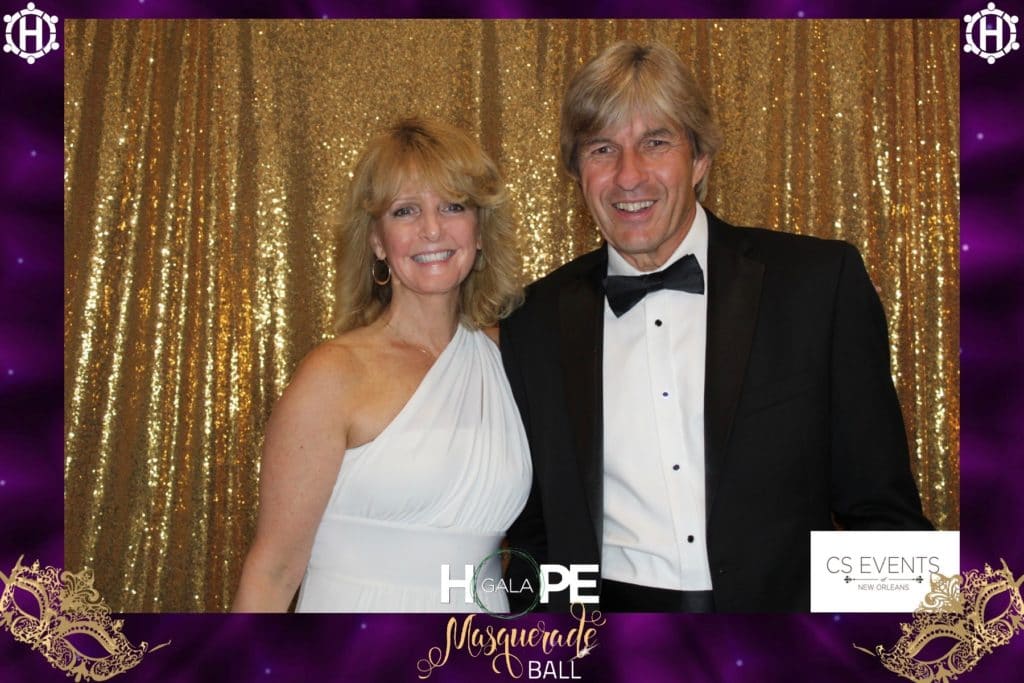

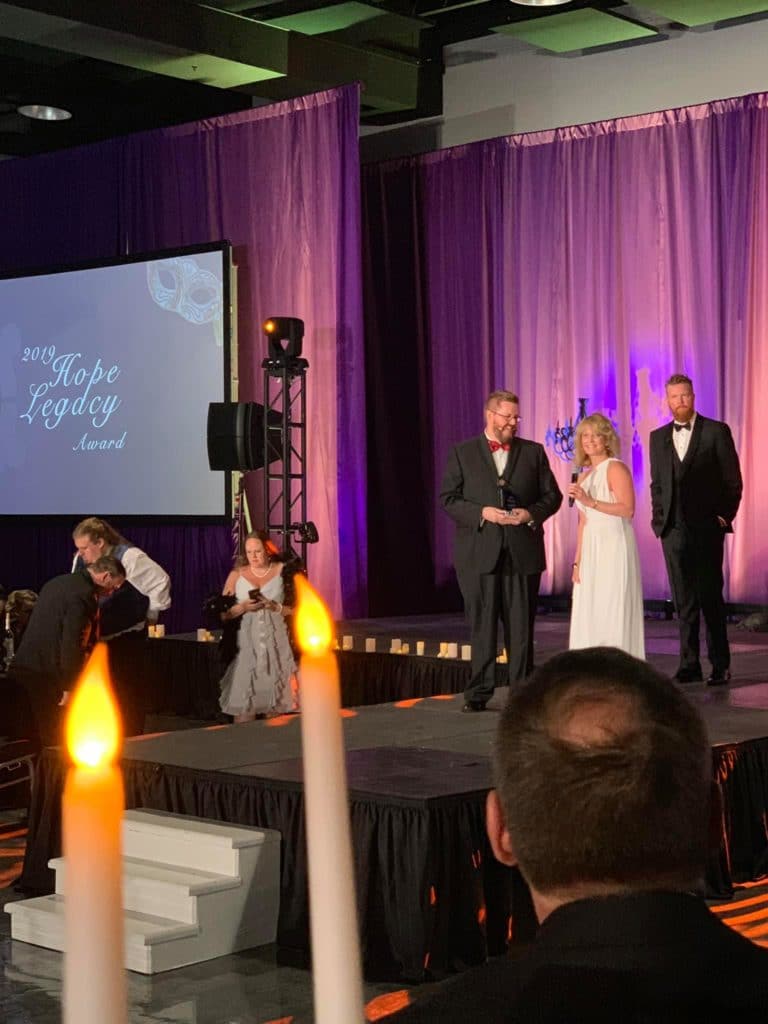
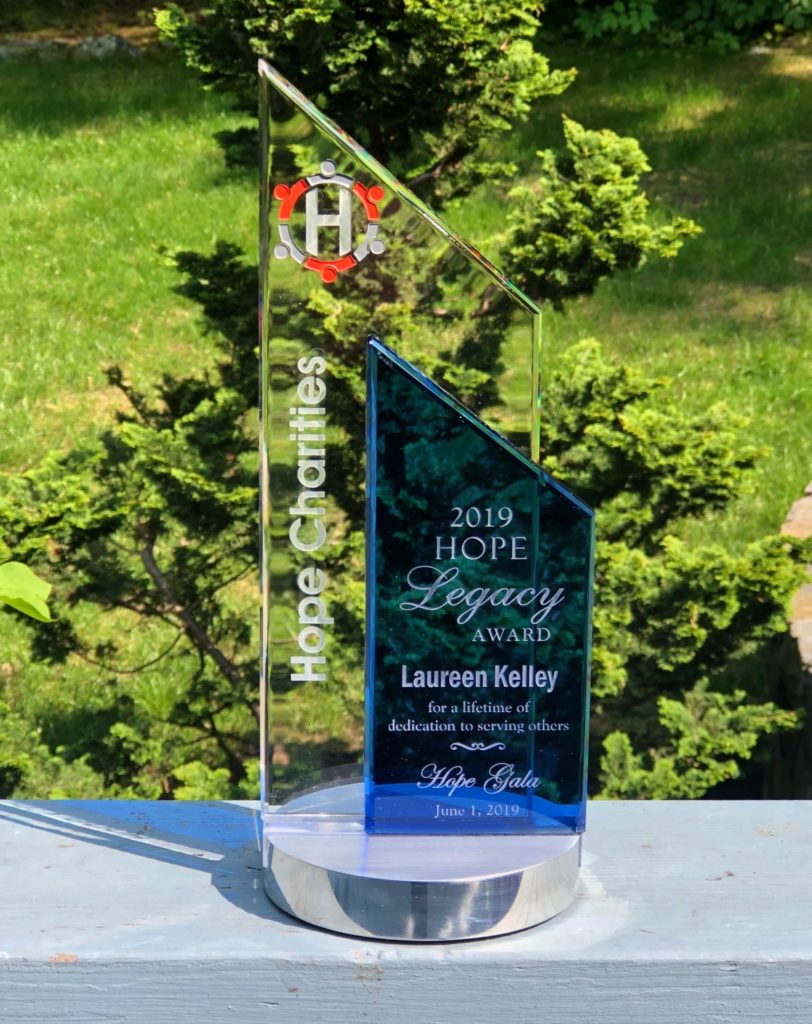

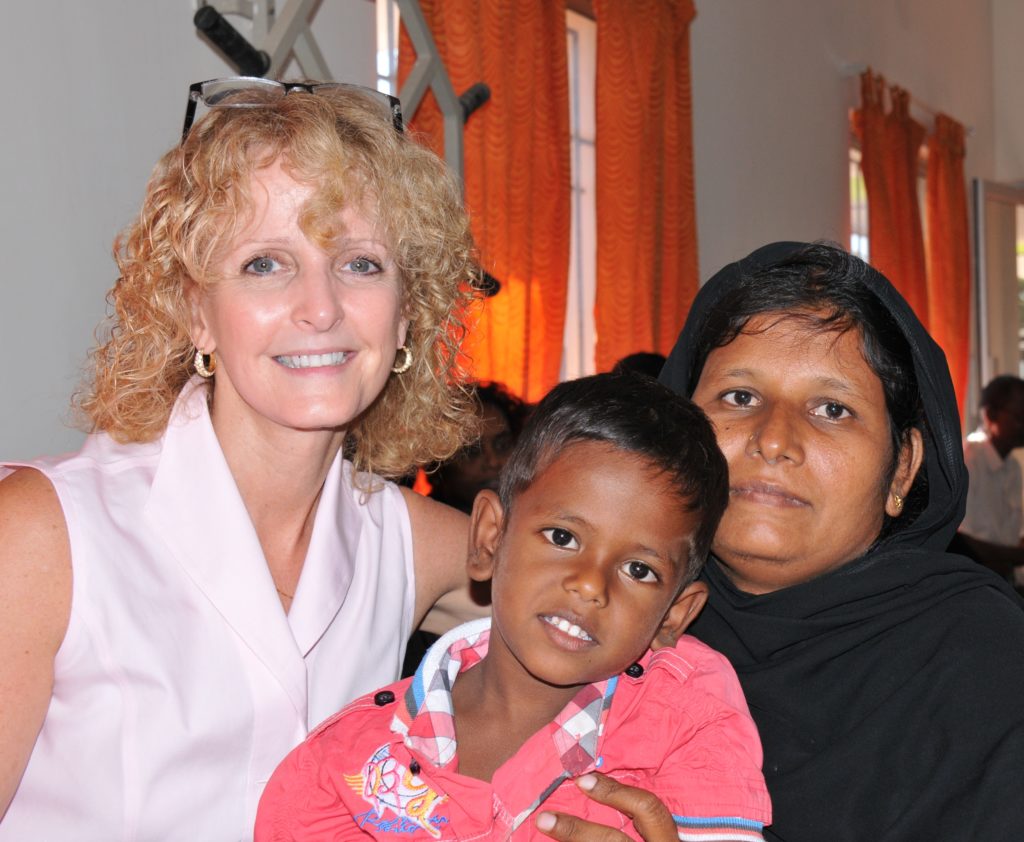

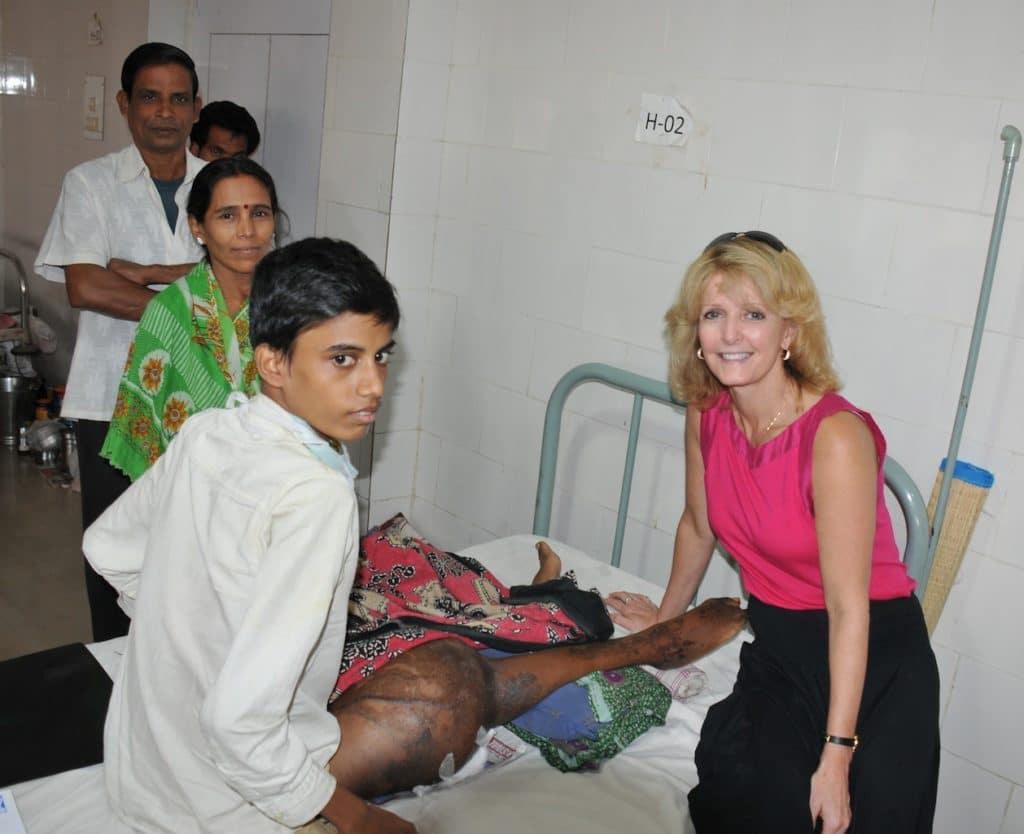
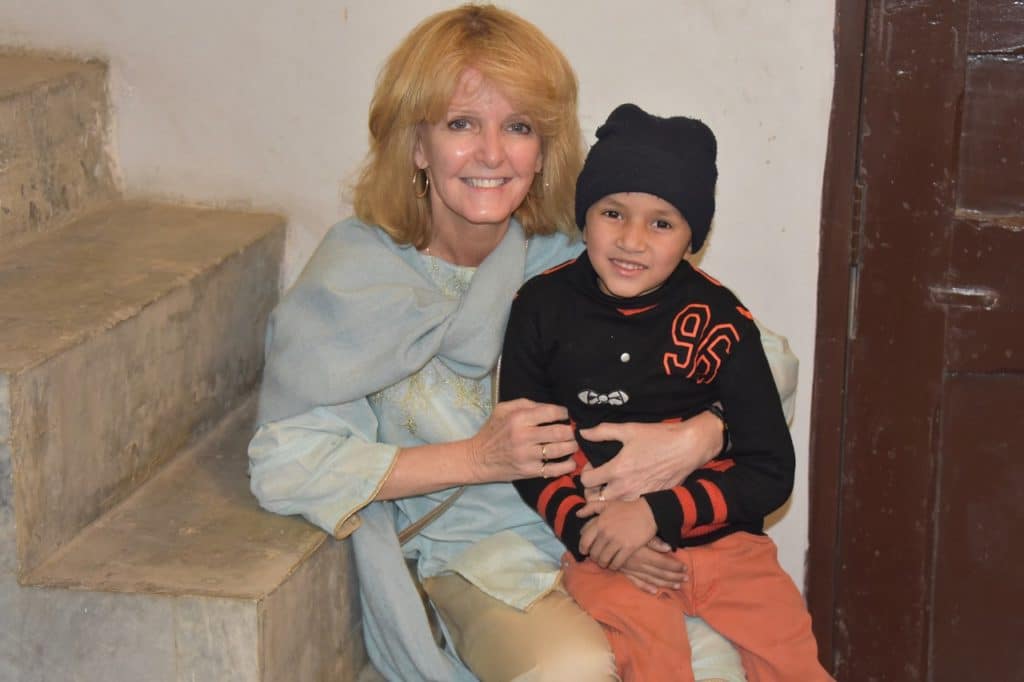
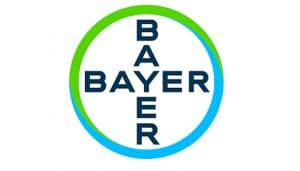
 By Richard J. Atwood
By Richard J. Atwood